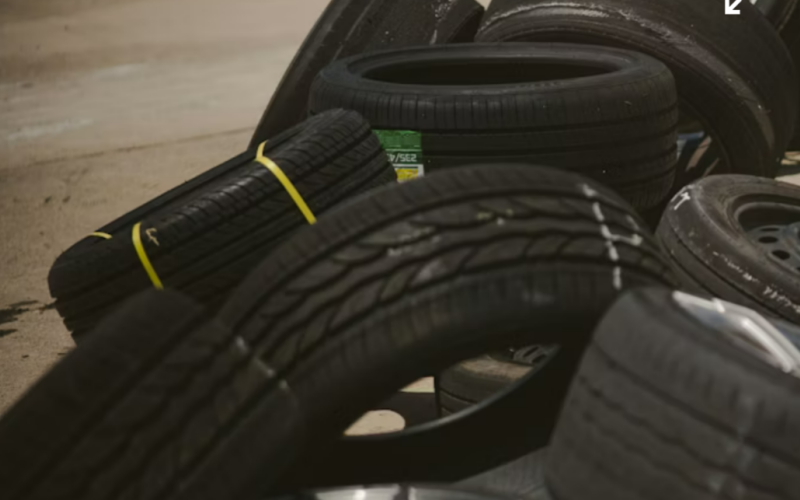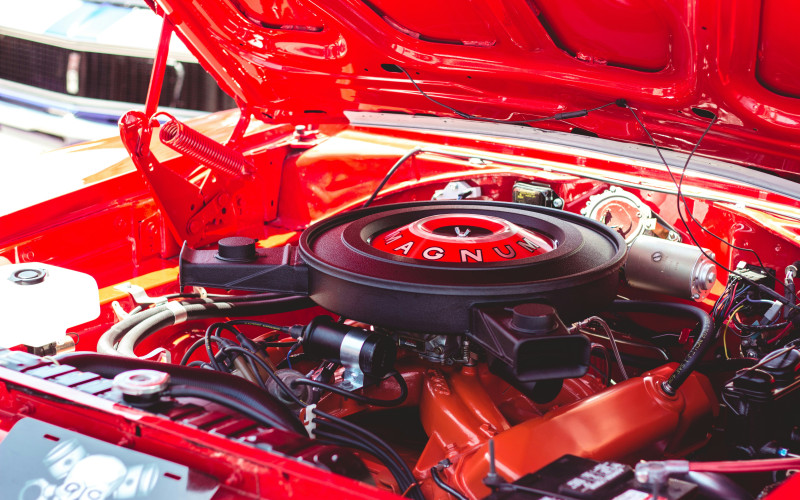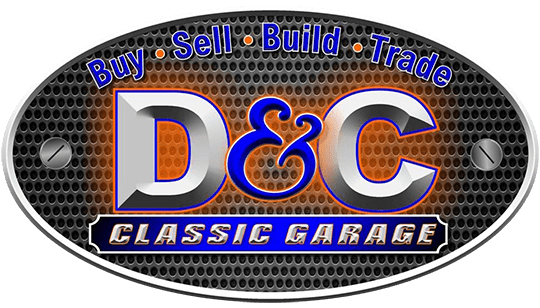How to Care for Classic Car Paint and Chrome
Getting body work done and painting your classic or custom car is more than just a line item on a project—it’s a milestone. By the time your vehicle is paint-ready, you’ve likely spent countless hours and invested serious money into making it shine. A high-quality paint job can easily cost thousands, and protecting that investment isn’t optional. With the right care, your classic car’s paint and chrome will turn heads in Reno, Sparks, and beyond, while keeping rust, oxidation, and fading at bay.
Here are some practical, professional tips on caring for your classic car’s paint and chrome.
Why Paint and Chrome Care Matter
Classic cars are more than machines—they’re rolling works of art. The shine of the paint and the sparkle of chrome define first impressions and protect your investment. Neglect can lead to fading, oxidation, or chrome rusting—issues that not only kill curb appeal but can also drive down your car’s value.
Essential Supplies for Classic Car Detailing
Before diving into the process, gather the right auto care essentials:
- pH-balanced classic car wash shampoo
- Soft microfiber wash mitts and towels
- High-quality carnauba or synthetic wax
- Chrome polish and a gentle applicator pad
- Clay bar kit for paint decontamination
- Detail brushes for tight spots
- Car cover for UV and dust protection
These tools simplify regular classic car detailing and help prevent accidental scratches or chemical damage.
Step 1: Wash Gently and Correctly
A meticulous classic car wash routine lays the groundwork for restorative care:
- Rinse first. Use a soft flow of water to remove dirt and grit.
- Use the right soap. Avoid dish soap—it strips wax and dries out paint. Always use a pH-balanced car wash shampoo.
- Two-bucket method. Keep one bucket for soapy water, one for rinsing your mitt. This prevents swirl marks.
- Dry carefully. Pat dry with microfiber towels instead of rubbing, which reduces streaks and scratches.
Step 2: Restore and Protect the Paint
- Clay bar treatment. If the surface feels rough, contaminants are embedded. A clay bar leaves the paint smooth and preps it for polish.
- Polish. A quality polish restores gloss and removes minor oxidation or swirl marks.
- Wax. Wax every 2–3 months for protection and shine. Carnauba wax gives a warm, rich look, while synthetic wax offers extended UV protection—great for Nevada sun.
Step 3: Keep Chrome Gleaming
Chrome is beautiful when polished—but it’s vulnerable to rust. Here’s how to protect it:
- Clean often. Wipe down chrome trim with a damp microfiber towel to prevent buildup.
- Polish. Use a dedicated chrome polish applied in small sections, buffing in circular motions.
- Protect. Finish with wax or a chrome sealant to block moisture and prevent pitting.
- Inspect. Check regularly for early signs of rust or pits so you can catch issues before they spread.
Pro Detailing Tips
Successful classic car care means meticulous detailing. Here’s how to elevate your results:
- Use detailing brushes to clean tight spaces like badges and grilles.
- Only use auto glass cleaner, not household sprays, to avoid streaks.
- Condition rubber seals around trim to prevent drying or cracking.
Storage is Protection
Even if your car isn’t on the road every day, storage plays a big role in paint and chrome care:
- Use a breathable, fitted cover (never plastic tarps, which trap moisture).
- Store indoors in a cool, dry garage whenever possible.
- Check regularly. Uncover the car every so often to dust it off and make sure no moisture is sneaking in.
Common Mistakes to Avoid
- Using paper towels or old T-shirts (they scratch surfaces).
- Washing too little—dirt holds moisture that speeds up rust.
- Polishing or waxing in direct sunlight, which causes uneven drying.
When to Call a Professional
If you notice deep scratches, bubbling under the paint, heavy rust, or chrome that just won’t come back, it’s time to bring in a classic car detailing specialist. Advanced techniques like wet sanding, re-chroming, or full paint correction require tools and expertise most DIYers don’t have.
At D&C Classic Garage in Sparks, NV, we specialize in both full and partial restorations. Whether it’s a complete paint job, rust repair, or a simple touch-up, we pride ourselves on giving our clients a stress-free experience with results that exceed expectations. With decades of combined experience, our team treats every classic as if it were our own.
Final Thoughts
Taking care of your classic car’s paint and chrome isn’t difficult—but it does require consistency. A good wash routine, regular waxing, and attentive chrome care will keep your ride looking show-ready for years to come. Combine that with smart storage and quick attention to small issues, and your classic will remain a head-turner in Northern Nevada and beyond.
Want professional help restoring or protecting your classic? Call D&C Classic Garage in Sparks, NV at (775) 420-5553. Whether you’re looking for paint correction or a full restoration, we’re here to help bring your vision to life.
FREQUENTLY ASKED QUESTIONS
How often should I wash my classic car?
If you drive it often, wash it every 1–2 weeks. For garage-kept cars in Reno or Sparks, once a month or before major outings is usually enough.
Can I use dish soap on my classic car?
No. Dish soap strips wax and can dull your paint. Always use a pH-balanced automotive shampoo.
Is waxing necessary if my car is garage-kept?
Yes. Even in storage, waxing protects against dust, humidity, and accidental scratches.
What are the signs my chrome needs professional help?
Deep pitting, bubbling, or rust that won’t polish out means it’s time to see a restoration specialist.
Do you offer partial as well as full restorations?
Yes. At D&C Classic Garage, we provide both full and partial restorations to fit your vision and budget.
RELATED POSTS

Classic cars deserve more than just ordinary repairs—they require precision, craftsmanship, and a deep respect for their original design. Whether your vehicle has a small dent, aging paint, or collision damage, car body damage repair is essential to preserving its beauty, structure, and value.

Every car owner understands that tires are more than just rubber meeting the road—they define performance, safety, comfort, and even style. For classic car owners, the importance of choosing tires goes beyond daily function; it’s about preserving authenticity while ensuring the vehicle drives as smoothly as it looks. The question is, what kind of tires does your car need, and how do you blend vintage looks with modern roadworthiness?

Restoring a classic car is a thrilling experience for any auto enthusiast. Beneath the polished chrome, fresh paint, and roaring engine lies one of the most critical yet often overlooked components—the electrical system. Whether you’re working on a 1950s roadster or a 1970s muscle car, ensuring that the wiring and electrical components are properly restored is key to both function and safety.

Owning a classic car is a dream for many people. Classic cars aren’t just vehicles—they are pieces of history, symbols of style, and a source of pride. Whether it’s a Mustang, Camaro, Corvette, or another timeless model, a classic car represents passion and nostalgia. But with age comes wear and tear. Even the most carefully stored classic cars show signs of needing professional restoration.
